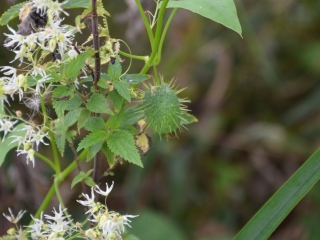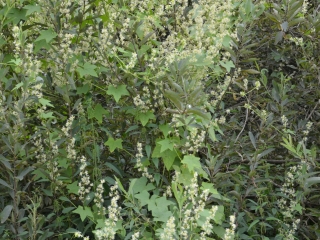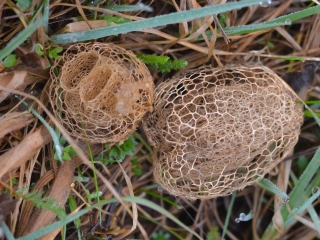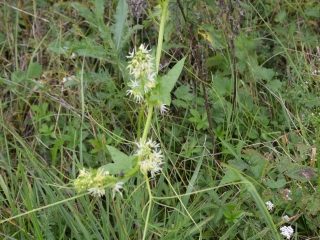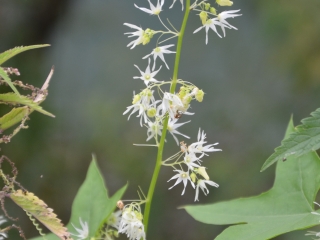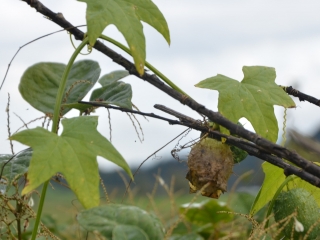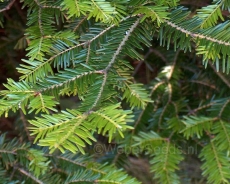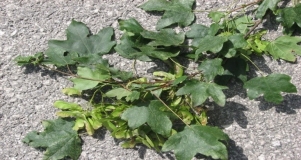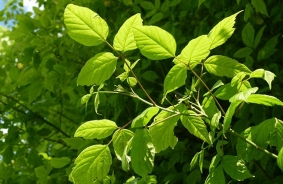Wild cucumber Echinocystis lobata

Features
The sole species is E. lobata, commonly called wild cucumber, prickly cucumber or bur cucumber. It is an annual, sprawling plant.
| Species | green climbing plant |
| Living space | Cultivated areas, Lake, Pond, River edge, Swamp, Wet site |
| Size | up to 6 m |
Description
Echinocystis lobata is an annual vine that produces stems that can be as long as 6 m and which climb, with the help of coiling, branched tendrils, over shrubs and fences or trail across the ground. The stems are angular and furrowed. The leaves are alternate with long petioles, five palmate lobes and no stipules. The flowers are monoecious, with separate male and female blooms on the same plant. The male flowers are in long-stemmed, upright panicles. Each flower has a white, or greenish-yellow, corolla with six slender lobes. The male flower has a single central stamen with a yellow anther. The female flower has a single stigma and is borne on a short stalk at the base of the flower panicle, with the spiky globular inferior ovary being immediately beneath. The fruit is a prickly, inflated capsule up to 5 cm long with two pores and four seeds. It resembles a tiny spiny water melon, or cucumber, but is inedible (hence the name "bur cucumber"). It persists all winter and then opens at the bottom, liberating the seeds. It grows among the bushes along the banks and in the floodplain of rivers and in overgrown ruderal places. Removal: The plants are very easy to uproot while they are young and have not yet begun to climb after the surrounding growth. In larger plants, it is possible to uproot or cut off the main shoot just above the ground, but this is usually very difficult because it is difficult to access in riparian growth. Removal makes sense before the fruit matures.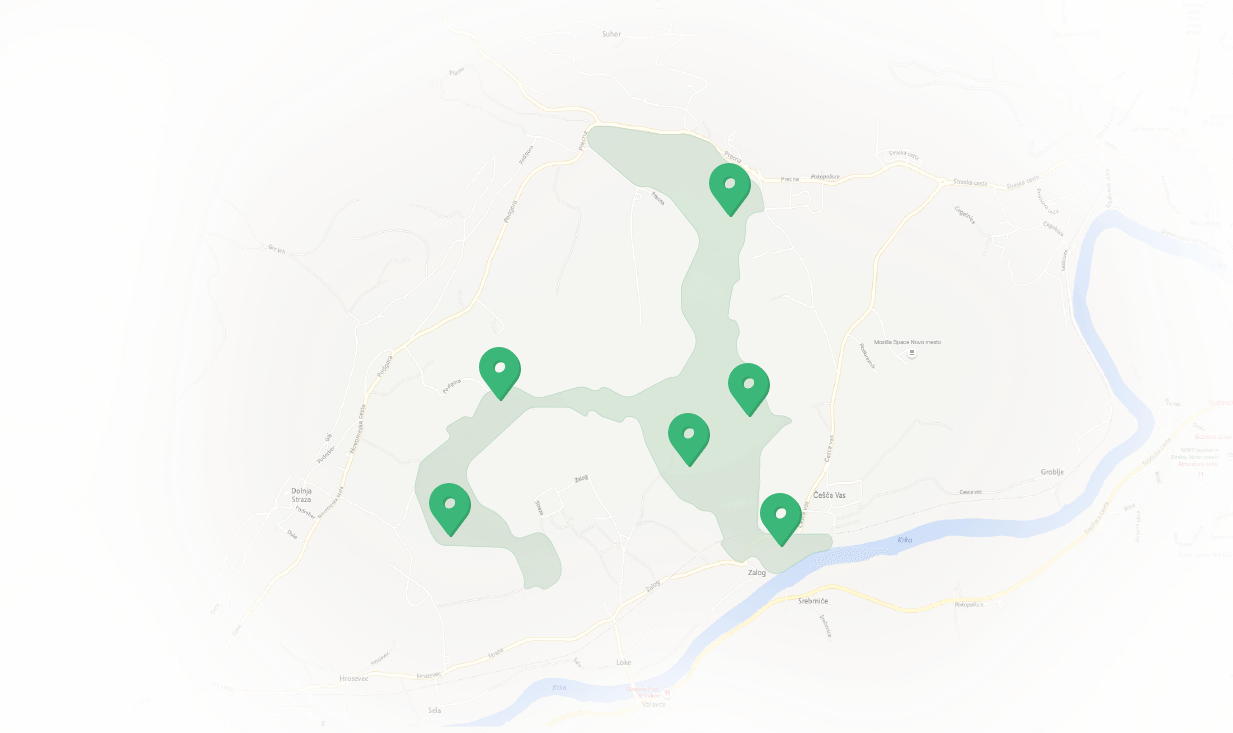
Features Temenica (3)
SPECIAL ogr.

